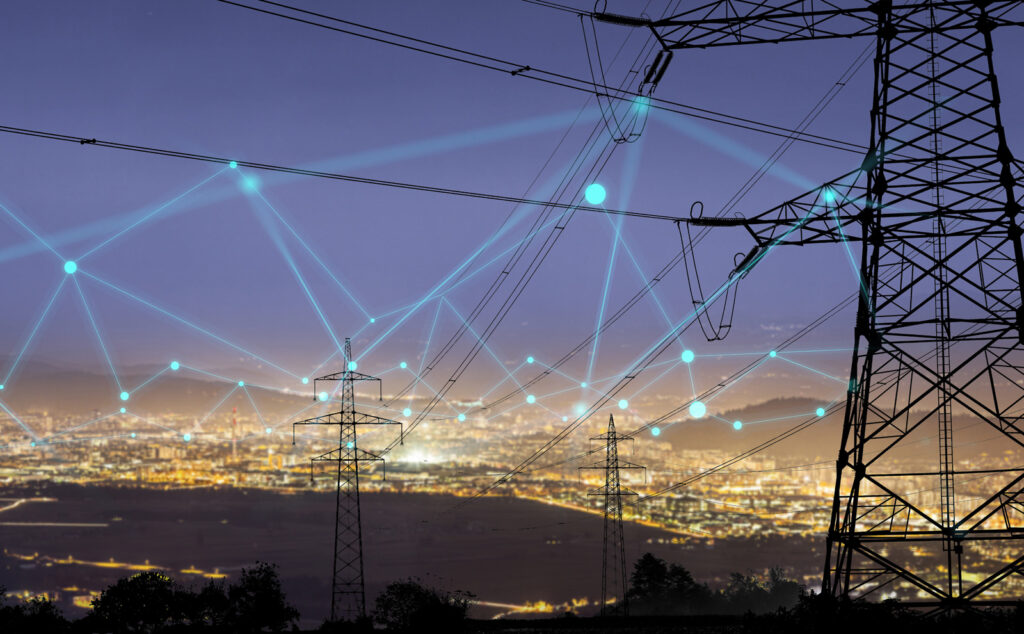Power Grid
75MW NET-METERED INTO NATIONAL POWER GRID.
JUMA SULEIMAN

About 75 megawatts (MW) of net-metered solar power are currently supplying energy to the national grid, with the Zimbabwean government aiming to increase this figure. Energy and Power Development Minister July Moyo has encouraged individuals and companies to invest in solar energy and adopt net metering to feed surplus power into the grid. This initiative aligns with the government's broader goal of enhancing renewable energy use and reducing dependency on traditional power sources.
The net metering programme, introduced in 2019 by the Zimbabwe Electricity Transmission and Distribution Company (ZETDC), allows households and businesses generating solar energy to send excess power back into the grid. Recent regulatory changes now permit individuals and corporations to feed up to 5MW of solar power into the national grid, a major increase from the previous 100kW limit. The system enables solar energy users to offset their electricity bills through power credits rather than direct monetary compensation, with domestic customers receiving 0.8 kWh credit per kWh contributed, while industrial users get 0.85 kWh.
Zimbabwe has witnessed a significant rise in solar energy adoption, with 30% of households now using off-grid electricity solutions, according to the 2022 Population and Housing Census Report. The census estimates that approximately 1.1 million people rely on off-grid power, with rural areas accounting for 78.7% of this usage. Meanwhile, only 34% of Zimbabwean households are connected to the national grid, leaving 38% without access to electricity, highlighting the need for expanded solar integration.
The National Renewable Energy Policy sets a target of 1,100MW of installed renewable energy capacity by 2025, representing 16.5% of the country’s electricity supply. However, experts believe the actual contribution of solar energy is likely much higher due to widespread unregistered individual solar installations. While urban areas are increasingly adopting rooftop solar due to power shortages, infrastructure limitations prevent many from feeding excess energy into the grid, posing a challenge to achieving the country’s renewable energy goals.
